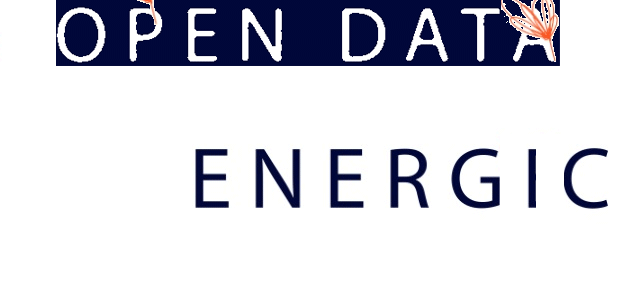Within the framework of the Environmental Noise Directive (END) 2002/49/CE regarding the assessment and management of environmental noise, cities of more than 100,000 inhabitants are required to generate noise maps in order to define action plans for noise reduction. In both urban and suburban areas, methods to fight against noise pollution take on many forms, for example road resurfacing, acoustic screens, reduced speed limits, traffic deviations, urban development, new public transportation policies, etc.

Alongside climate change, the loss of biodiversity is one of the most urgent environmental threats of our time (EU biodiversity strategy COMM 2011). The main cause is the destruction, alteration and fragmentation of habitats. Covering 210 million hectares of arable and pasture land, almost half of Europe's land is used for agriculture. The intensification and industrialization of agriculture practice has led to a dramatic species and biodiversity loss. The agricultural bird indicator (Bird Census Council 2012) shows a decrease in agricultural bird numbers by 52% since 1980. In Germany, the "biodiversity and landscape quality" indicator as part of the German National Strategy on Biodiversity (BMU 2011) also points out this negative trend.

GeoPan APP promotes the concept of a more informed planning process using multi-temporal Open Data for a more sustainable use of land and better management of the Built Environment, including risk prevention objectives.
Given that it was developed by a university also for purposes of research and education, the APP was based upon the following main drivers:
-
to face specific bottleneck in distribution of APPs based on geospatial information;
-
to experiment innovative Virtual Hub solutions in order to promote a wider distribution of geospatial open data and APPs;
-
to contribute to a wider use, uptake and benefits of geospatial information among citizen professionals and public bodies.

The diversity of open data rises with increasing digitalization. Administration, economy as well as science facilities and culture facilities provides open data, which should create to citizens more transparency and allow it to enterprises to develop new commercial models.
But are the citizens and companies also able to assess these data to gain the necessary information which they need to answer their questions?
Up to now these Data are only in a minority of cases so standardized that they automatic validated and exchanged and can be faultless interpreted by computer programs.
This fact prevents currently her wide economic utilisation as the effort of necessary elimination of errors, structure analyses and updates brings the potential economic use to naught.
As stated in its name, the Sensor Open Data Portal (Sensor ODP) is an application that aims at providing sensor measures, e.g. water temperature, wind strength or power consumption, as Open Data sources. More precisely, the application takes the form of a tool-chain: on one side, measures from existing and functional sensor networks are collected by ad'hoc connectors. These measures are then transformed and stored in a devoted database. On the other side, these data can then be delivered in a standardized way, through OGC Web services (SOS, WFS, WMS) and in common Open Data formats (CSV, JSON, GeoJSON). In addition, the application is also equipped with a Web portal that allows end users to visualize and query the set of collected measures.

◄
1 / 2
►








